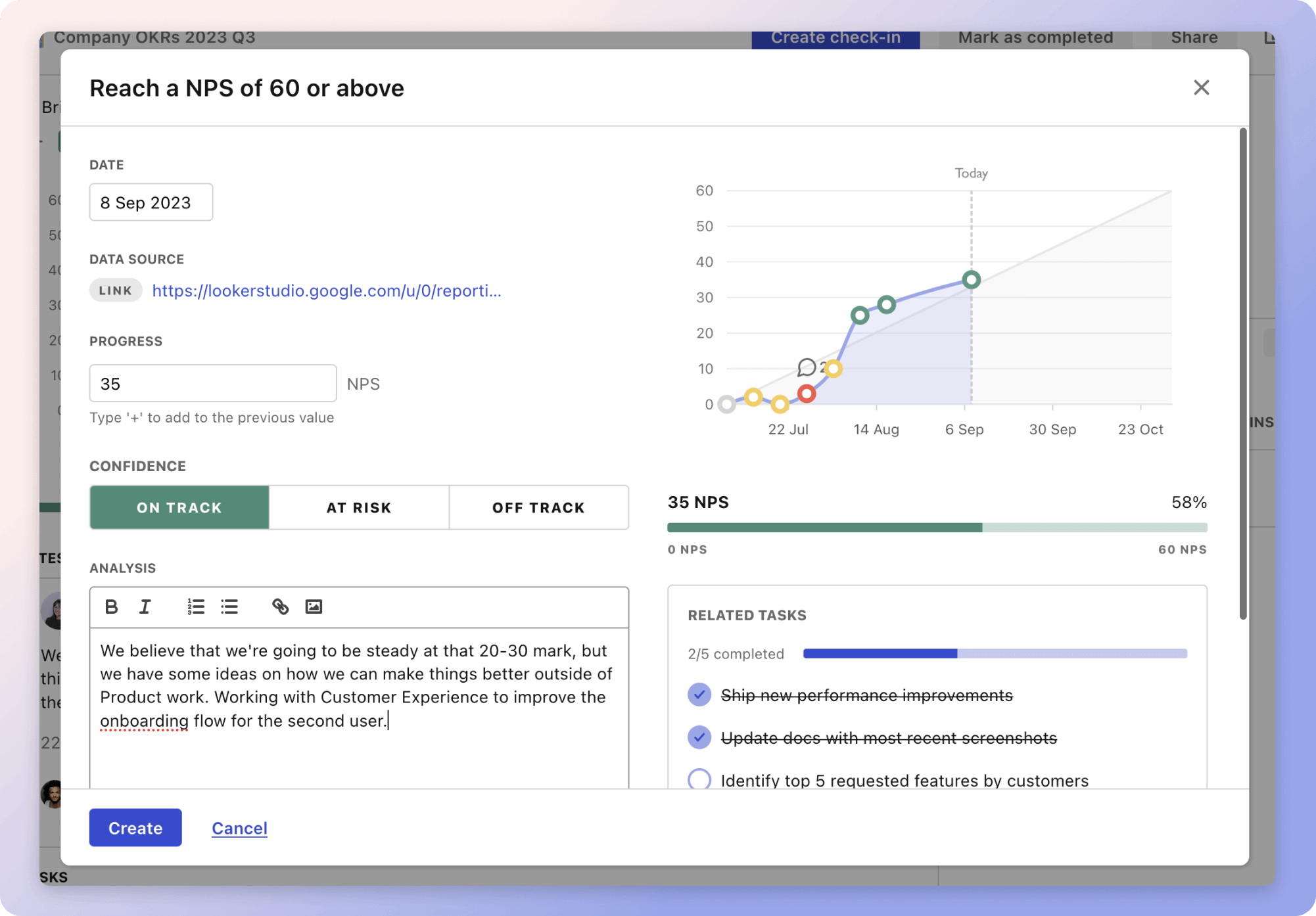The strategy involves preparing a comprehensive strategic report for a bank, focusing on three main areas. Firstly, it emphasizes conducting market analysis to understand market trends, competitor strategies, and customer needs. For instance, by examining technological advancements in banking services, the bank can innovate and maintain its competitive edge. Additionally, regulatory considerations and economic indicators are analyzed to navigate the financial landscape effectively.
Next, the strategy involves defining strategic objectives, ensuring alignment with the bank's mission while setting measurable targets. Engaging stakeholders in this process helps prioritize objectives and integrate risk management, setting a foundation for success.
Lastly, an implementation plan outlines key initiatives with assigned responsibilities, timelines, and resources. Regular review meetings and feedback loops ensure continuous improvement, fostering agility and adaptability in execution. For example, by establishing performance metrics and a monitoring system, the bank can track progress and make data-driven decisions.
The strategies
⛳️ Strategy 1: Conduct Market Analysis
- Identify key market trends impacting the banking sector
- Analyse competitor strategies and performance
- Evaluate customer needs and preferences
- Assess the regulatory environment and its implications
- Examine technological advancements in banking services
- Gather data on economic indicators affecting banking
- Review industry reports and research papers
- Conduct SWOT analysis for the bank
- Engage with industry experts for insights
- Summarise findings into an actionable report section
⛳️ Strategy 2: Define Strategic Objectives
- Identify short-term and long-term goals for the bank
- Align objectives with the bank's vision and mission
- Set measurable targets for each strategic goal
- Engage stakeholders in the objective-setting process
- Prioritise objectives based on impact and feasibility
- Consider customer-focused outcomes in objectives
- Integrate risk management into strategic goals
- Ensure regulatory compliance within objectives
- Benchmark objectives against industry standards
- Document objectives clearly in the strategic report
⛳️ Strategy 3: Develop Implementation Plan
- Outline key initiatives and projects to achieve objectives
- Assign responsibilities to relevant departments and teams
- Establish a timeline with milestones for each initiative
- Allocate resources, including budget, for each project
- Develop performance metrics to track progress
- Identify potential risks and mitigation strategies
- Incorporate feedback loops for continuous improvement
- Communicate the plan effectively to all stakeholders
- Establish a monitoring and reporting system
- Schedule regular review meetings to assess progress
Bringing accountability to your strategy
It's one thing to have a plan, it's another to stick to it. We hope that the examples above will help you get started with your own strategy, but we also know that it's easy to get lost in the day-to-day effort.
That's why we built Tability: to help you track your progress, keep your team aligned, and make sure you're always moving in the right direction.

Give it a try and see how it can help you bring accountability to your strategy.
